© 2021 Miroslav Bekyarov. All rights reserved
Menu
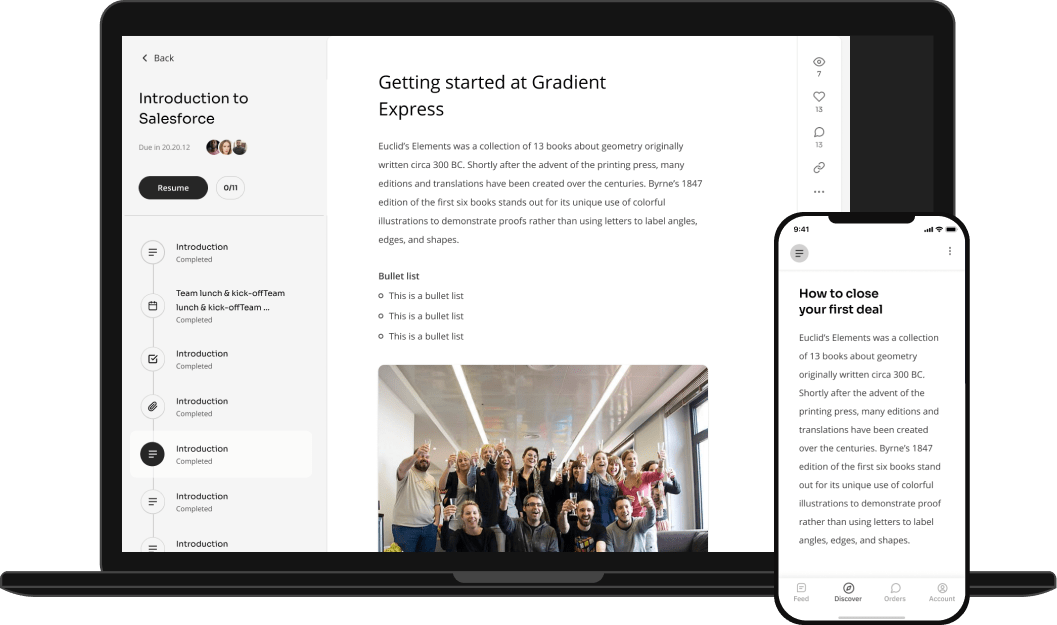
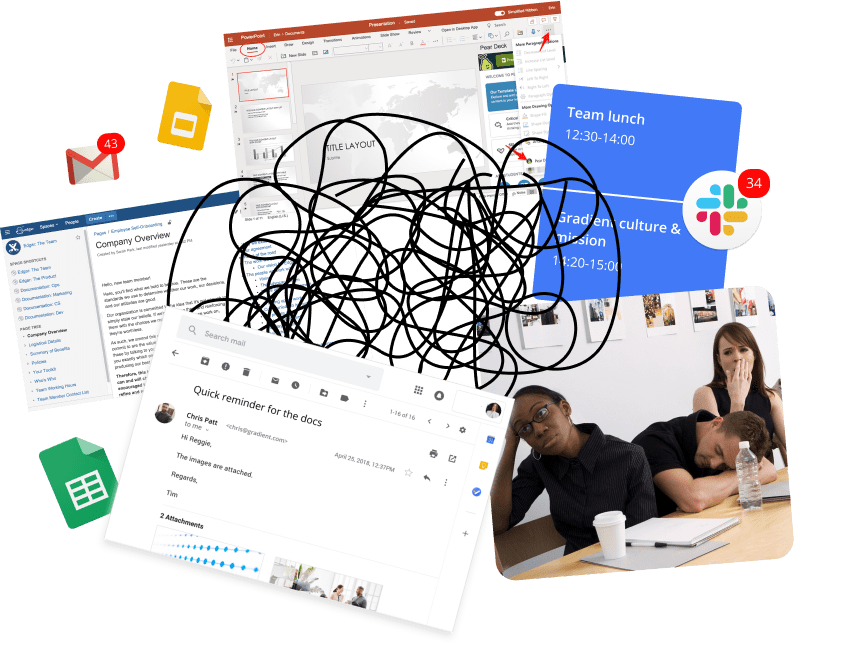
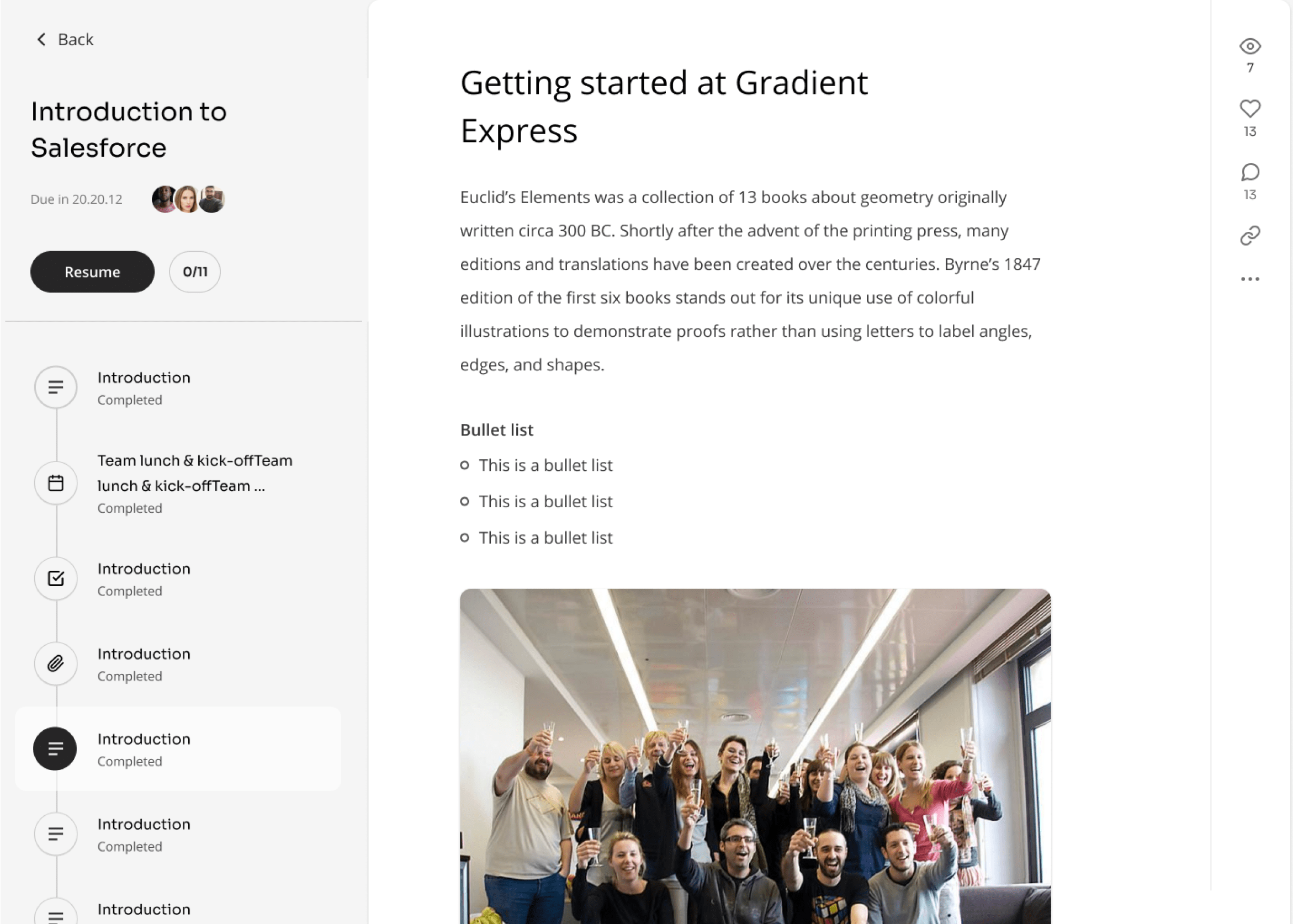
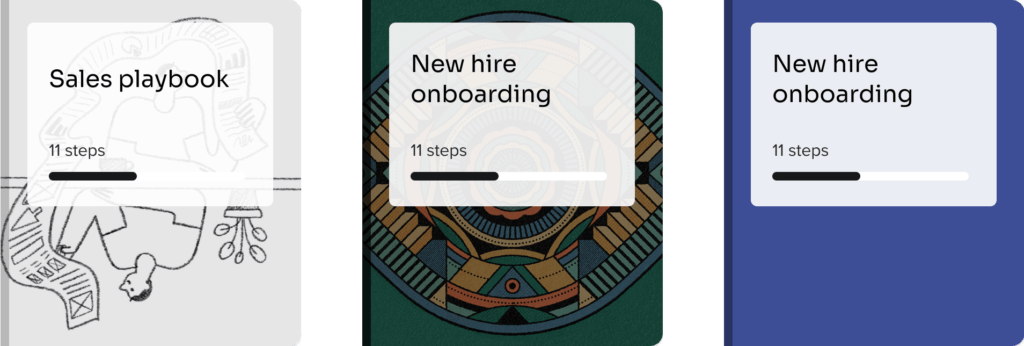
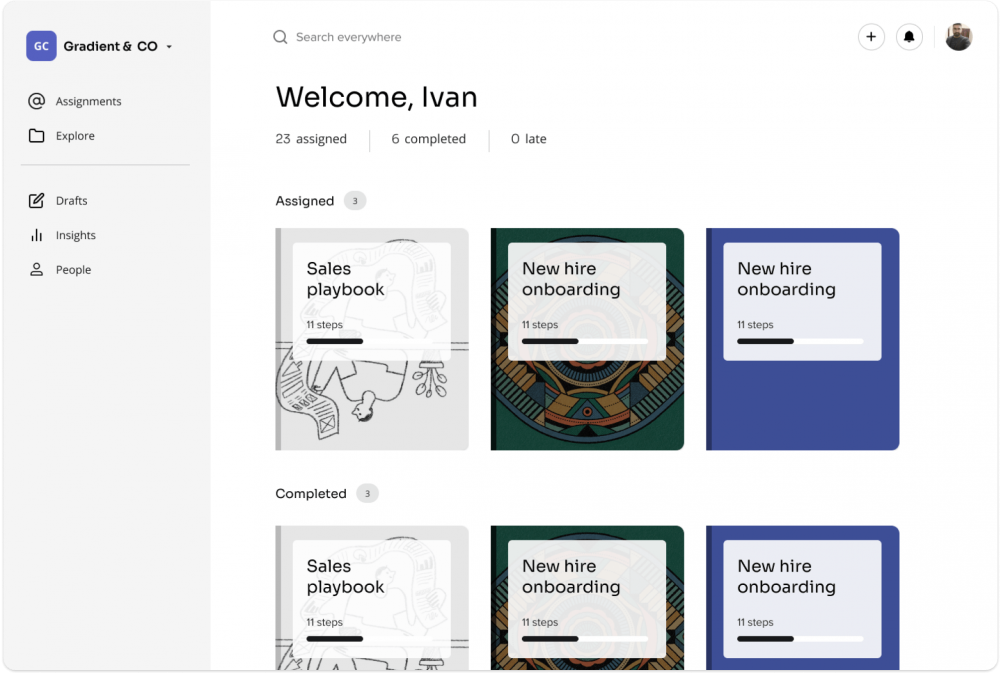
We've already had an idea of how the product could work, but we needed to define it in more detail. As with many other startups, our goal was to build something useful enough as fast as we could.
Shaping the product was a journey of trial and error. Our goal was to exhaust as much as possible ideas with the help of quick sketches and user flows.
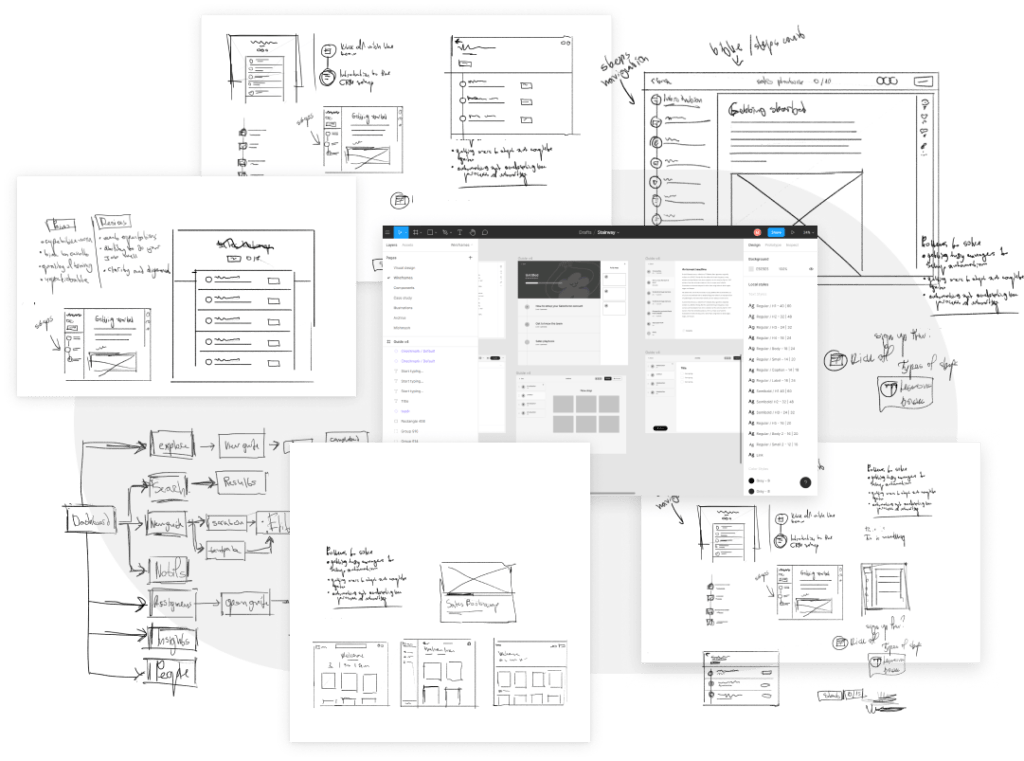
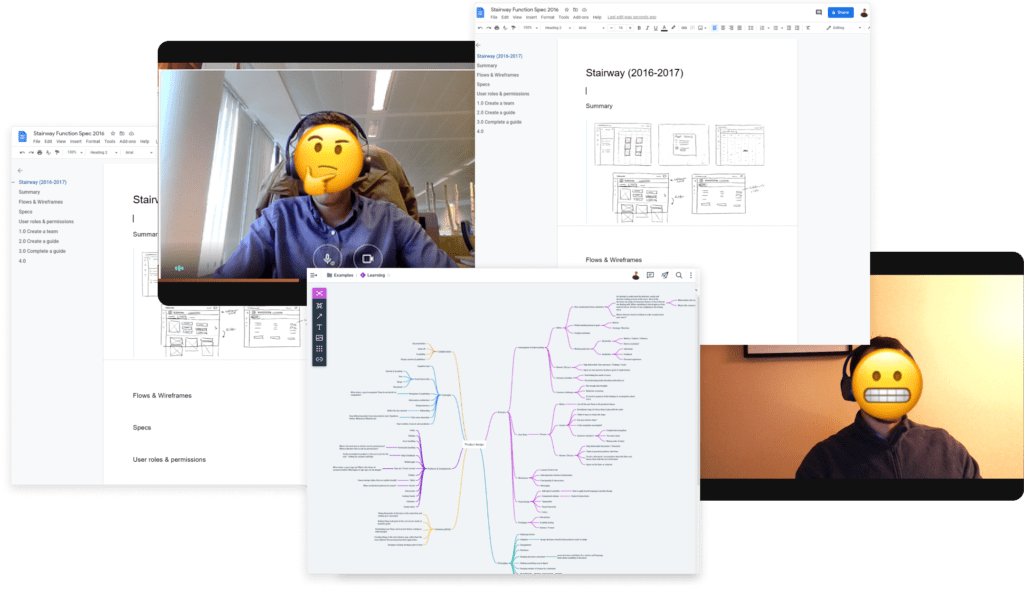
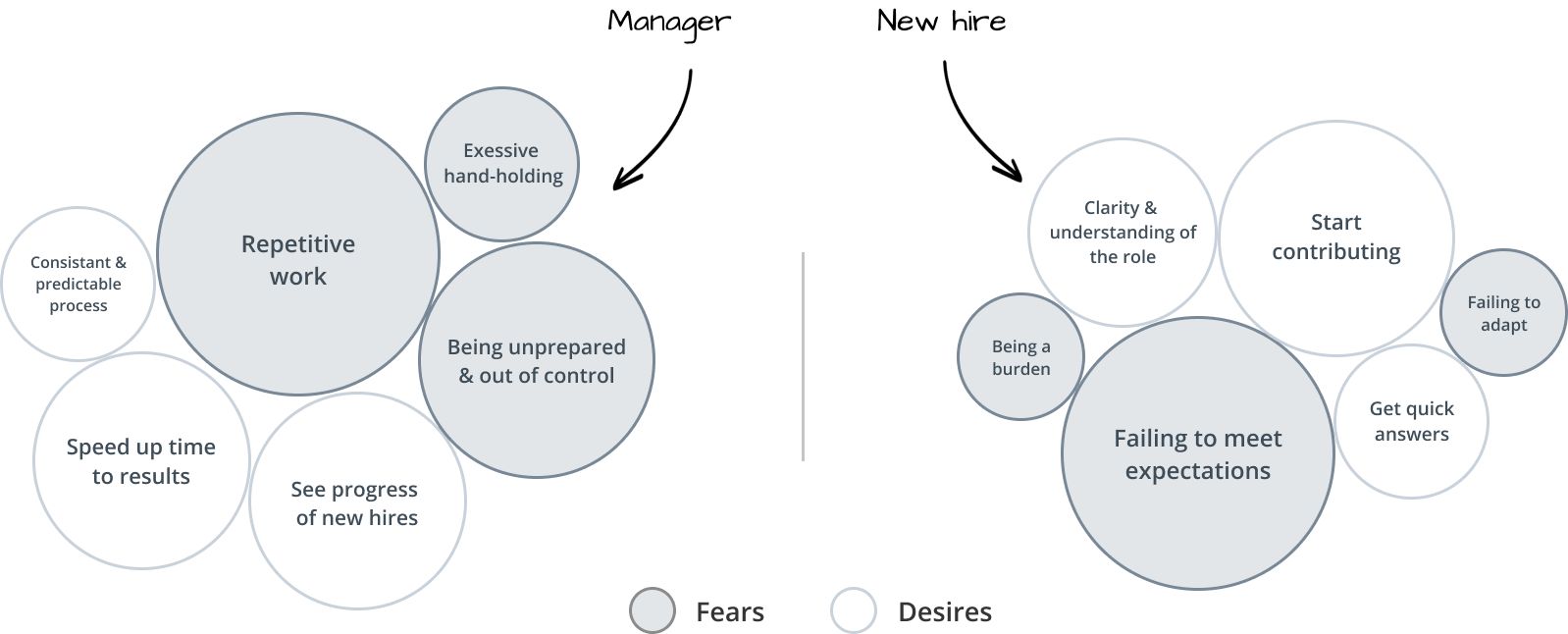
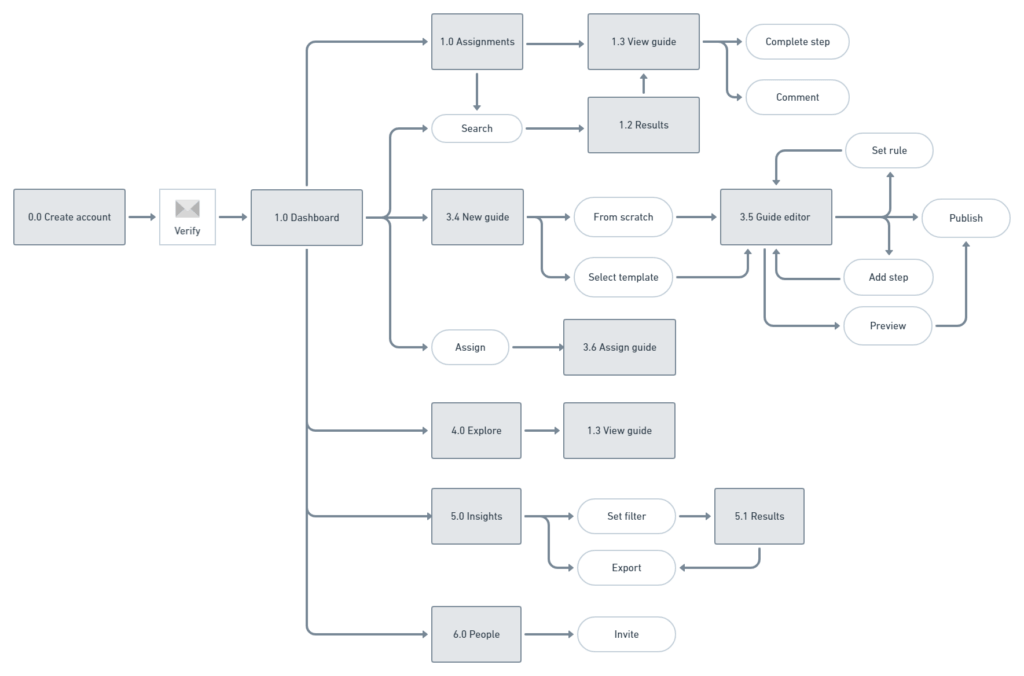
Taking things further, we explored the different types of layouts and ways in which the experience could look like. At this stage of shaping the product, we started making some comitments on how the product would look like.

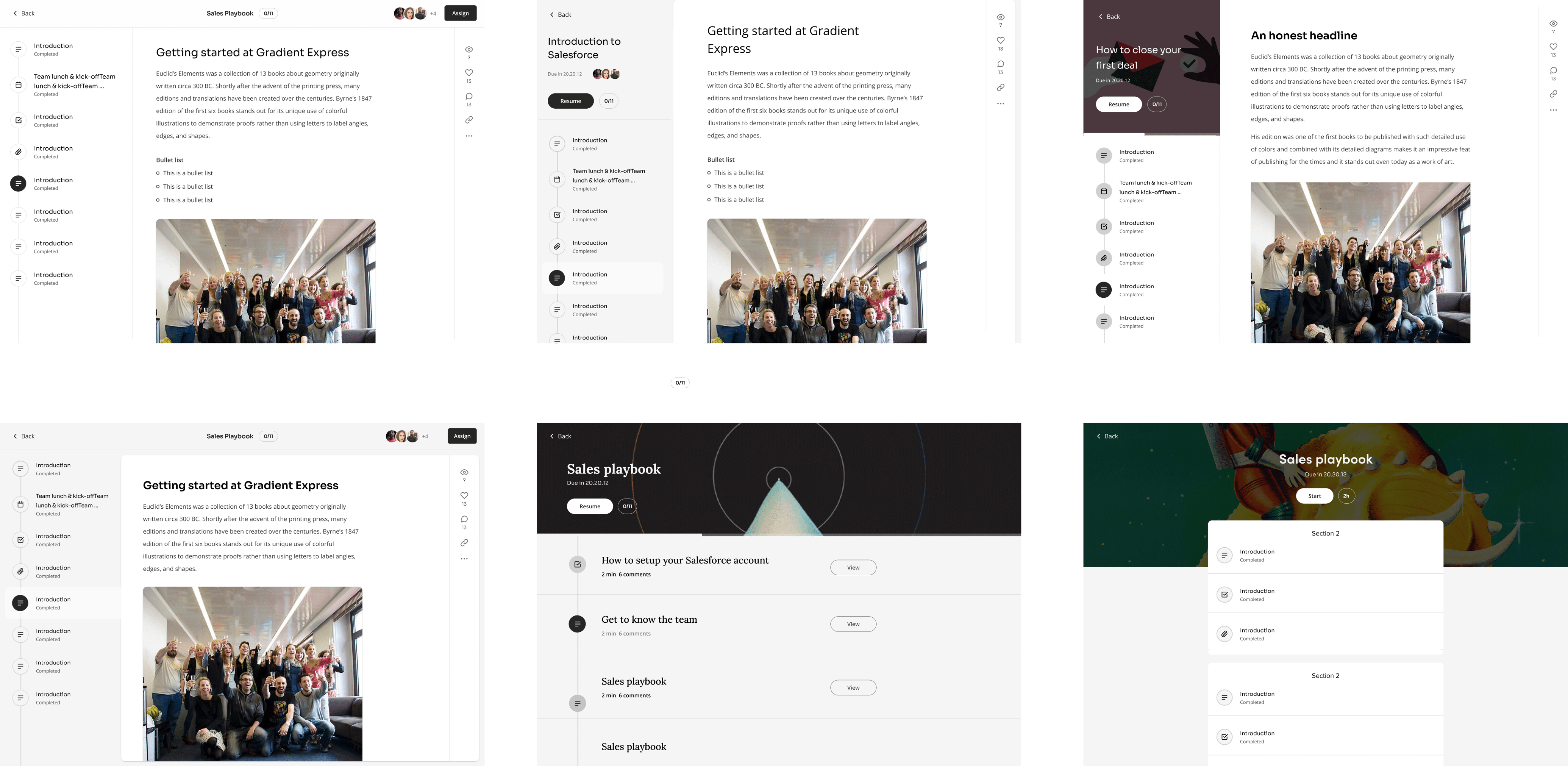

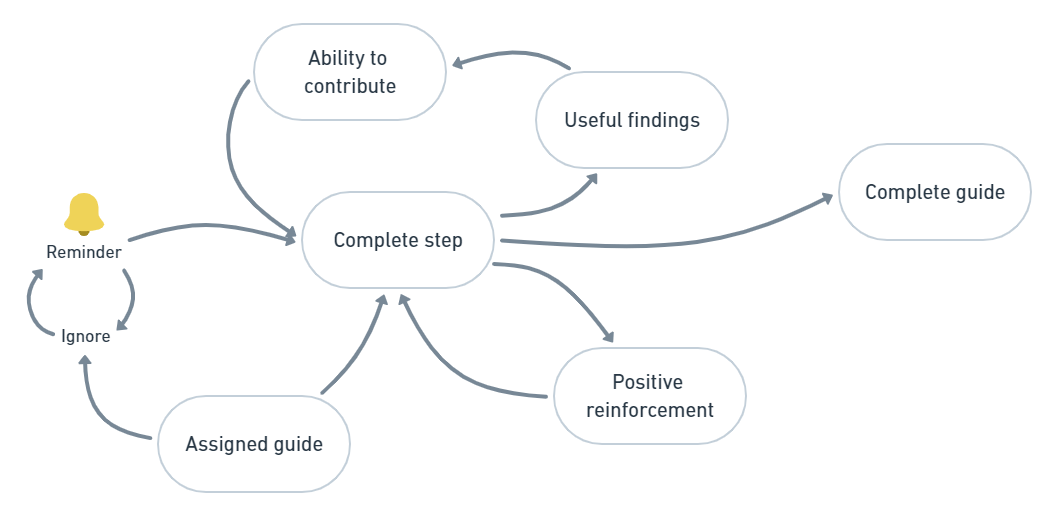
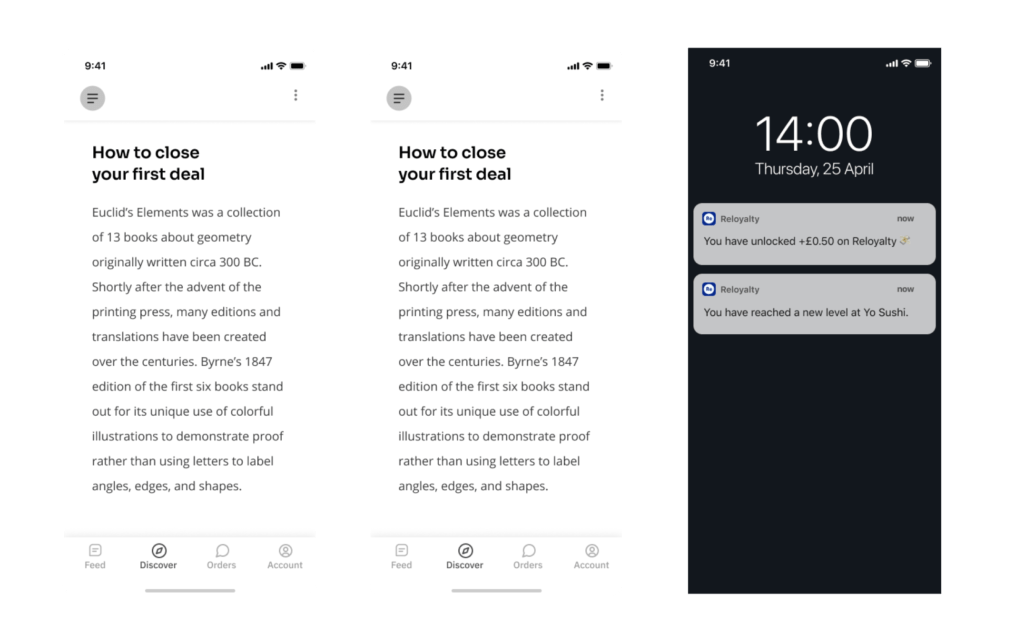

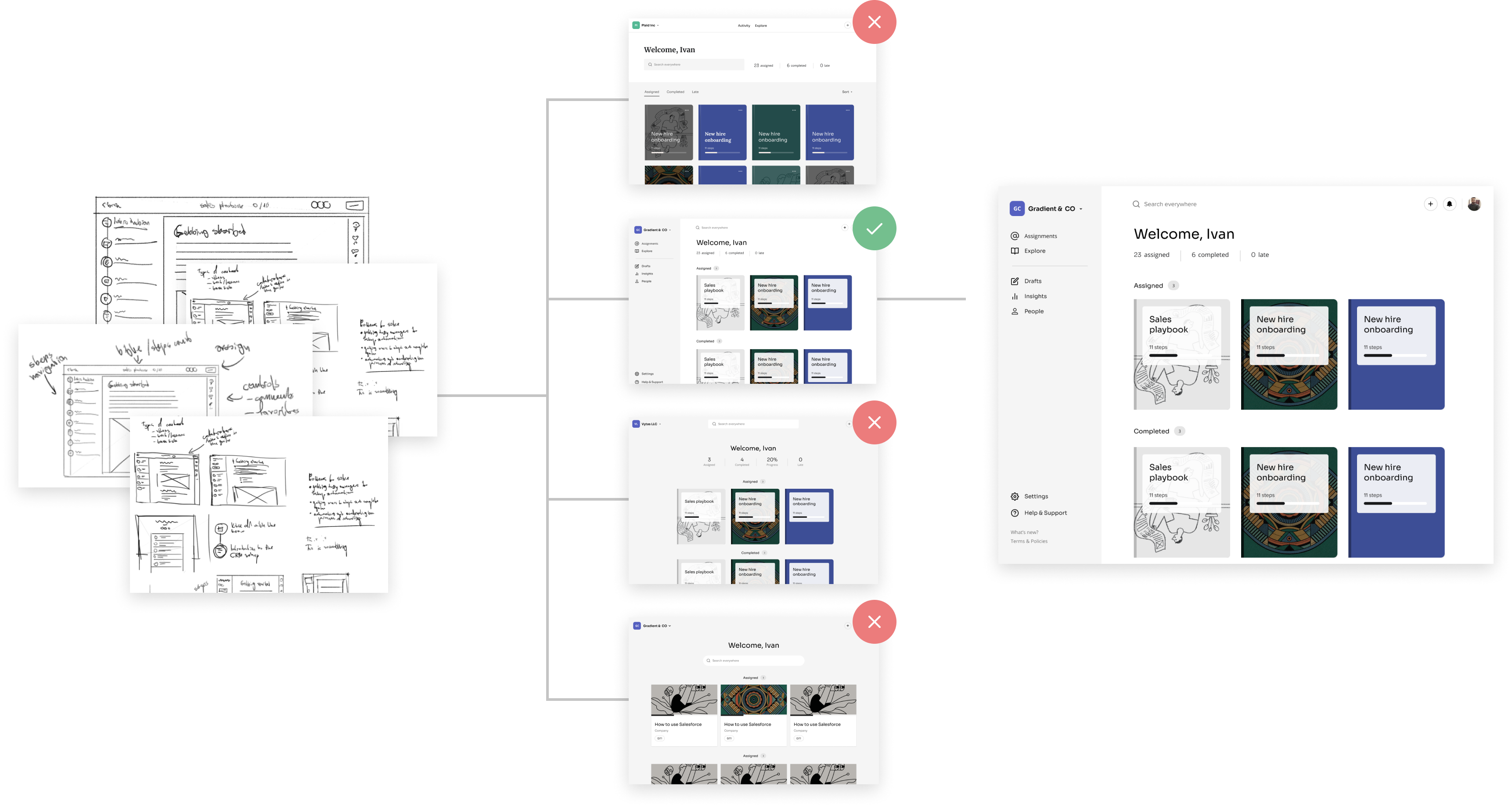
From the start it was well understood that if busy managers didn't take the time to setup those guides, the product would fail. Designing a creation experience that was both advanced and accessible to busy people.
It's a common problem for automation products, there's always a lot of overhead in setting things up, before they prove to be valuable.
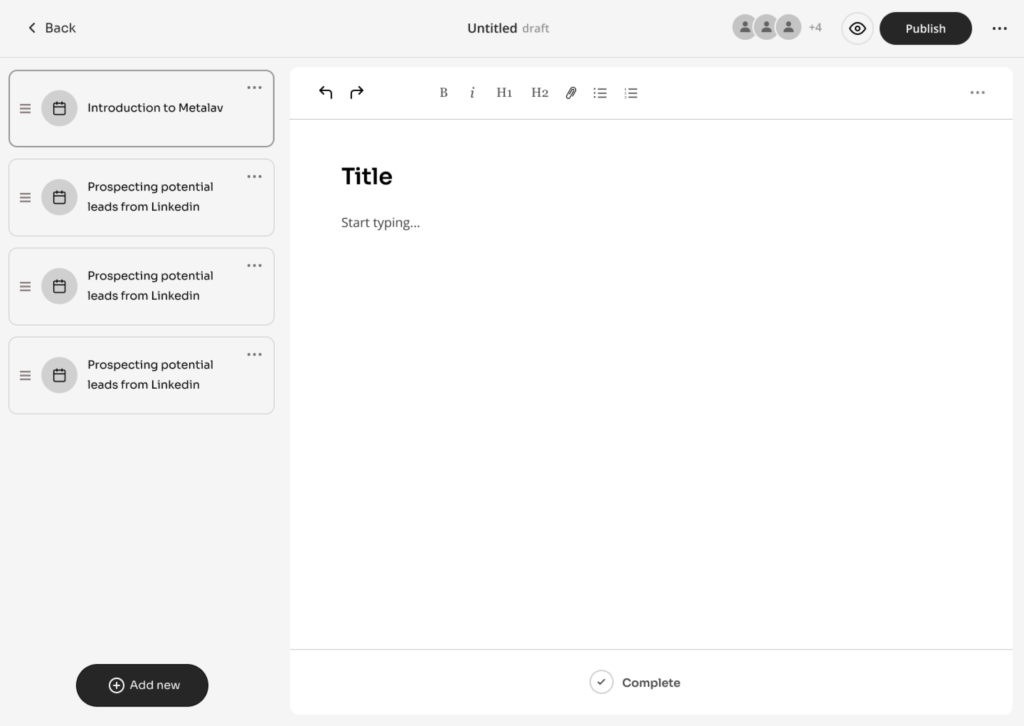
We had to design an experience that took into consideration the priortities and the business of managers and senior employees who would collaborate to create the guides.
The first idea was to create templates that would give a good starting point and also be used as a guideline for how guides should be designed.
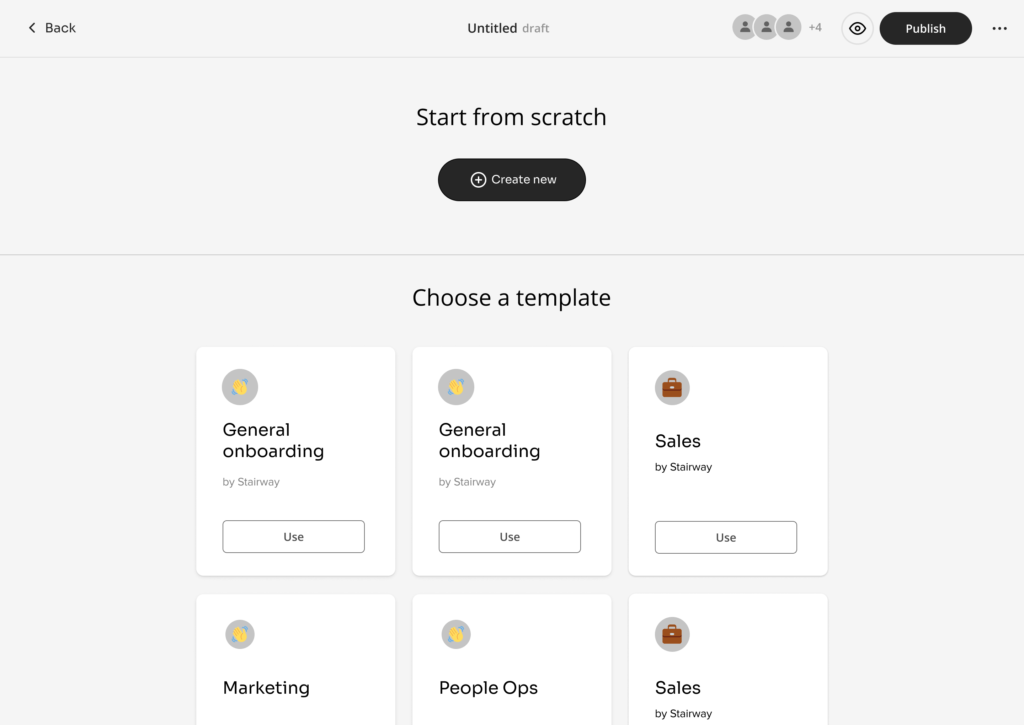
The weak point in this experience was that the proof of value was greatly delayed. At some point in the future, customers would create a guide and then at some point they would assign it to a person who have joined the company. This was too obscure and unpredictable for us.

Aside of the template and semi-generated guides, we also introduced a guide made by us that would be universally useful to existing employees. That way we could hook the manager to invite his teammates and observe how they experience it.
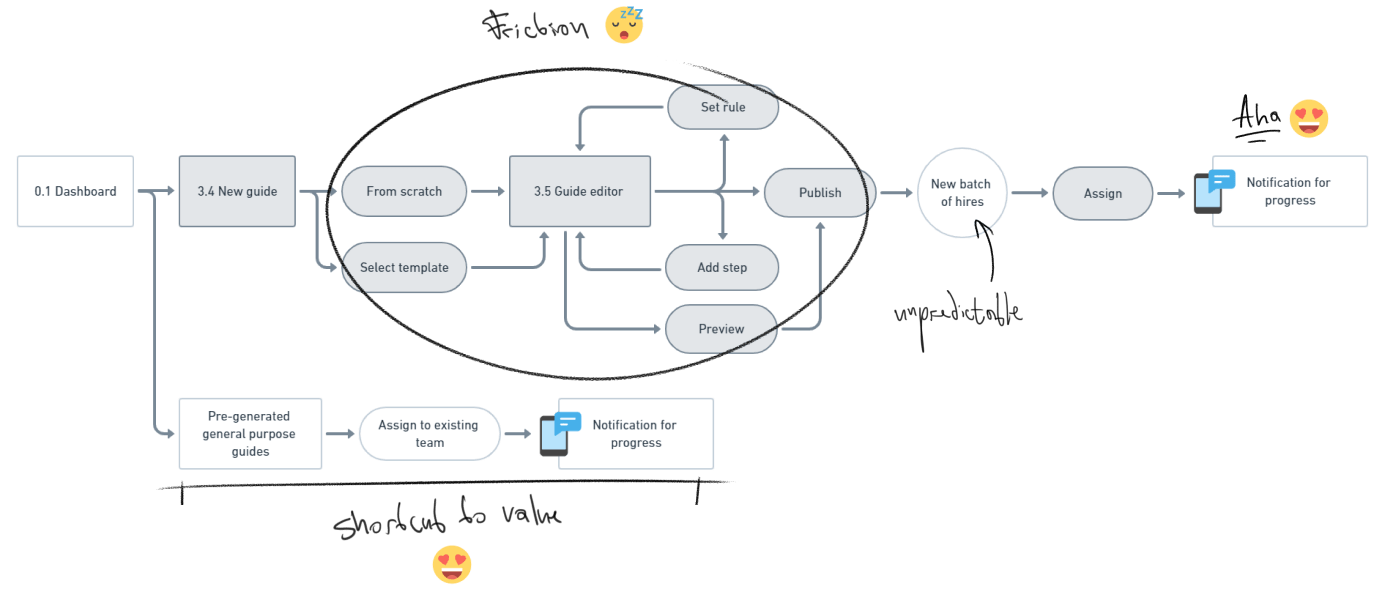
One of the key benefits of using Stairway is the ability to where people are in their journey and what obstacles they might be facing. Managers would get weekly reports and see if someone is falling behind.

Our goal was to help them create great journeys that would free up the hands of managers, but it required a lot of upfront work that was simply a turn off for most people.
We tried to make sense of the initial rejection of the idea and the directions that could be taken. This lead to a few experiments with ideas around a chatbot and a browser extension. In both cases the reasoning was that information had to be served where people actually do their work and that it had to be broken down into pieces.


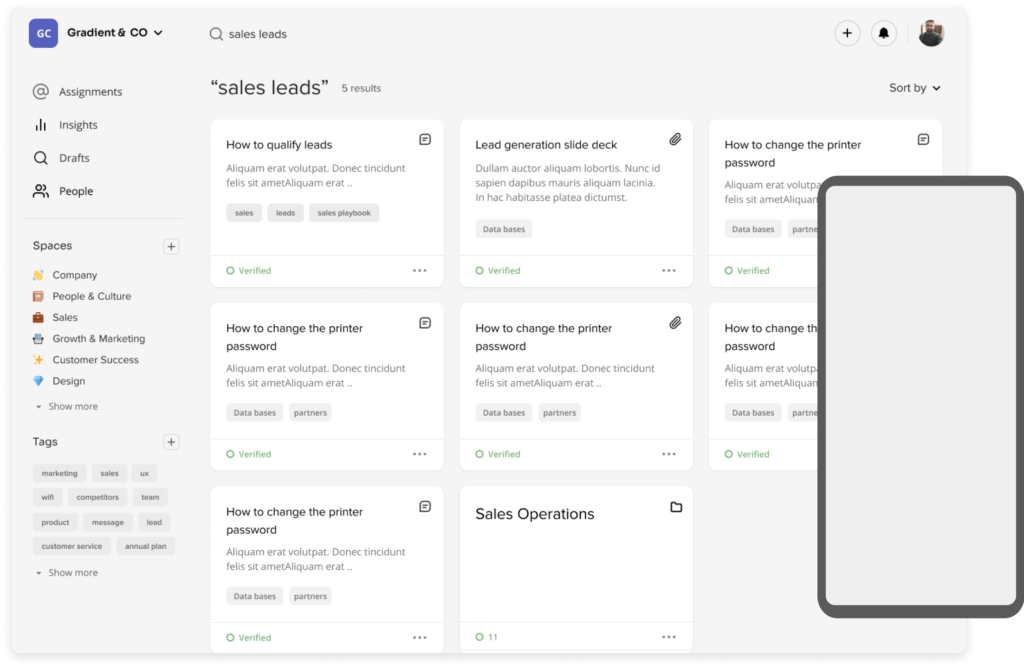



It was a great journey that came to an end. The lack of momentum and resources lead to the eventual closure of the company. At the same time we saw competitors pull off the ideas we thought were meaningful and would fill the gaps we discovered.
© 2021 Miroslav Bekyarov. All rights reserved